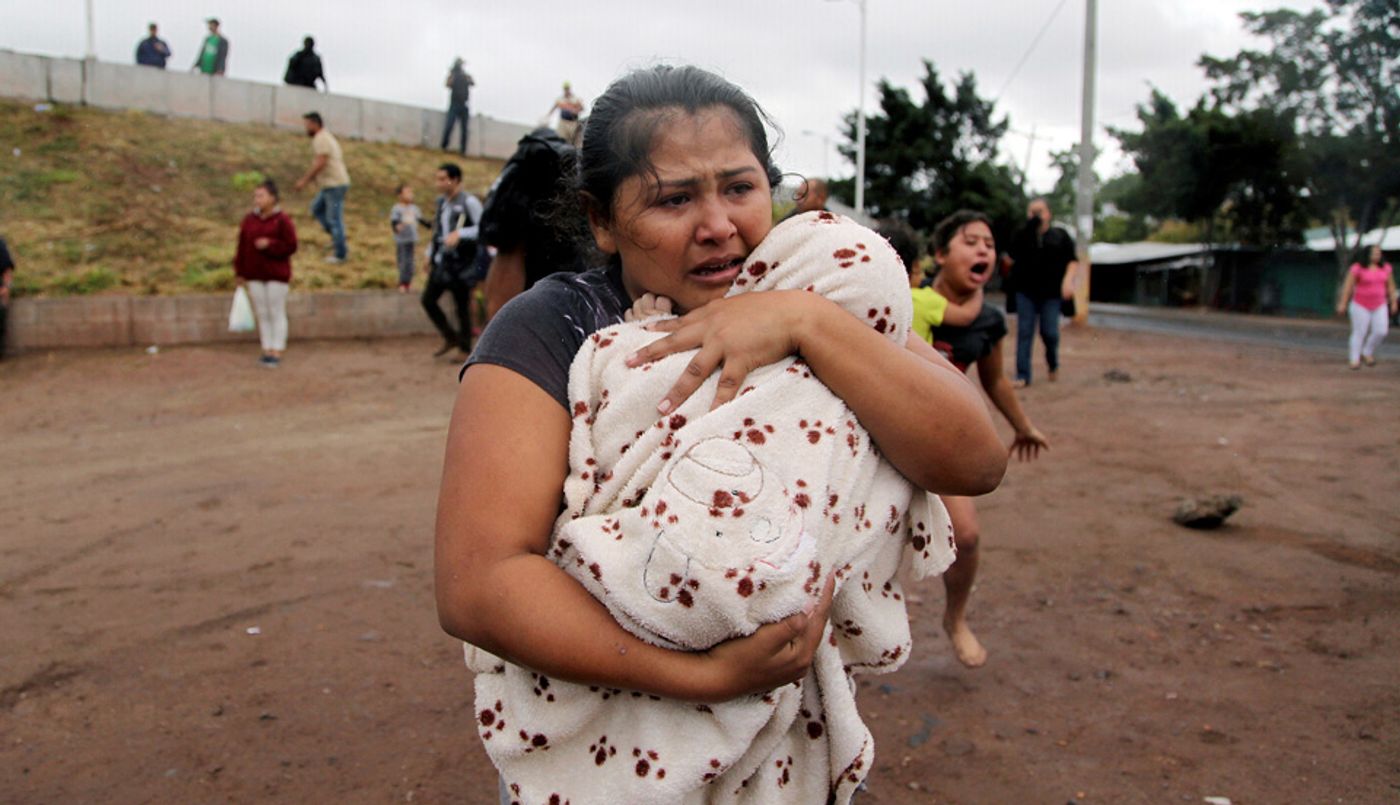The ugly climate truth behind the migrant caravan
Violence and poverty aren’t the only factors motivating Central Americans to migrate north – climate change is also playing a huge role in their migrations. Crop failures due to droughts and unpredictable weather patterns have increased food insecurity to extreme levels.
“The focus on violence is eclipsing the big picture – which is that people are saying they are moving because of some version of food insecurity,” said Robert Albro, a researcher at the Center for Latin American and Latino Studies at American University. “The main reason people are moving is that they don’t have anything to eat. This has a strong link to climate change – we are seeing tremendous climate instability that is radically changing food security in the region.”
Roughly one-third of all employment in Central America is agricultural, so unpredictable changes in rainfall (such as alternating periods of extreme drought and intense flooding caused by El Niño) can break small farmers who depend on consistent seasons. Additionally, a fungus called leaf rust is devastating coffee farmers and has affected up to 70% of farms in Guatemala.
“Coffee and maize are sensitive to temperature and rainfall changes,” said Albro. “If a coffee crop fails you can’t just turn on a dime and do something else, it takes a long time to recover. There have been several lost crops in a row and it’s caused tremendous hardship for small-scale farming.”
Last year the World Food Program analyzed Central American migrants and reported that almost half described themselves as food insecure – that’s 3 million people. When rural farmers suffer from crop failures, they typically make a go at a life in the city, where jobs are often difficult to secure and violence is more prevalent. When they end up migrating internationally, they will likely cite those reasons for their movement, while the originating climate factors go left unsaid.
EcoWatch reports that migration from the northern triangle of Central American (which refers to Guatemala, Honduras, and El Salvador) has increased exponentially in the past 10 years, “which coincides with a period of drought that has cost the three countries around 700,000 acres in corn and bean crops just this year.”
An estimate from the World Bank states that climate change will force as many as 3.9 million climate migrants to flee Central America over the next 30 years – and as many as 150-300 million worldwide. Nevertheless, there is still no policy that includes climate change as reason enough to request refugee or asylee status.
Sources: World Food Programme, The Guardian, EcoWatch









